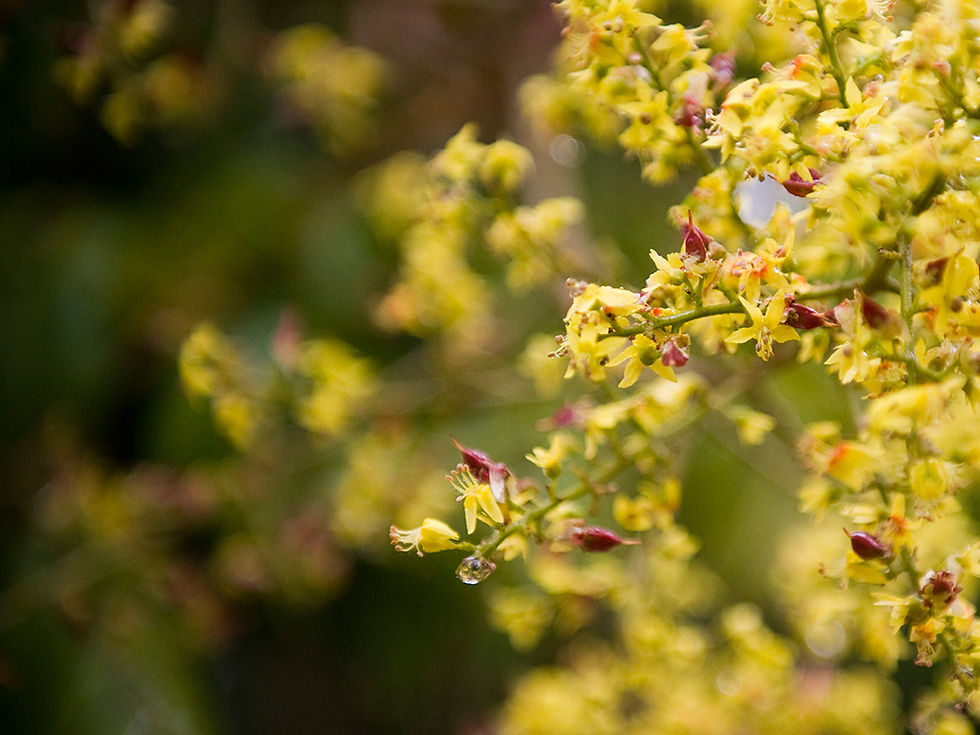When do tree leaves come back in the Spring?
- Henry Tree Co.
- Mar 17, 2020
- 2 min read

There is nothing better than seeing trees flaunt fragrant flowers and green, glorious leaves in spring!
So, when will they sport their fresh new look?
While there’s no set date for all trees to break bud, we can use clues to predict when trees typically leaf out.
Find out when to expect spring tree sprout in your region and if you should be concerned about a late bloomer.
WHEN DO TREES LEAF OUT (BY REGION AND LEAF OUT DATES)
There are two ways trees know when trees wake up for spring. First, they respond to noticeably warmer days after a stretch of cold temperatures in winter. At the same time, they react to a change in light duration, when shorter nights and longer days of sun exposure, spur new growth and development.
Below, learn when trees will typically leaf out and bloom in your area. And remember, if there’s unusual weather in your area, like a mild or severe winter, trees may bloom sooner or later than this.
Leaf Out Dates in the Midwest: Expect tree bloom in the Midwest when warmer temperatures get on a steady schedule, around mid-April.
Leaf Out Dates in the Northeast: Northeastern trees are adapted to take extra caution when it comes to spring bloom since it can be devastating for leaves to be shocked by a sudden freeze. Because of this, trees in the Northeast bloom late April to early May.
Leaf Out Dates in the West: Western tree bloom can vary widely. From coastal California to mountainous Colorado, trees are exposed to a number of different climates. Expect western trees to bloom fully by early May.
Leaf Out Dates in the South: Trees native to the South are well-adapted to the region’s warmer weather, so they don’t stay dormant for long. Trees in this region bloom as early as mid- March.
WHAT IF YOUR TREE IS NOT GROWING LEAVES IN SPRING?
If you’ve noticed trees around the neighborhood blooming while yours is barren, don’t panic! Just because spring is in full swing doesn’t mean your specific trees are ready to bloom or leaf out.

For example, some trees, like birch and willows, bloom early to lengthen their pre-summer food production time. On the other hand, trees, like oaks and elms, prolong their bud break to protect against sudden drops in spring temperatures early on.
As long as tree buds are green on the inside, they’re alive and well—just waiting for their time to sprout. If you don’t spot buds or the buds are shriveled or black, that could indicate it's a problem.








Comments